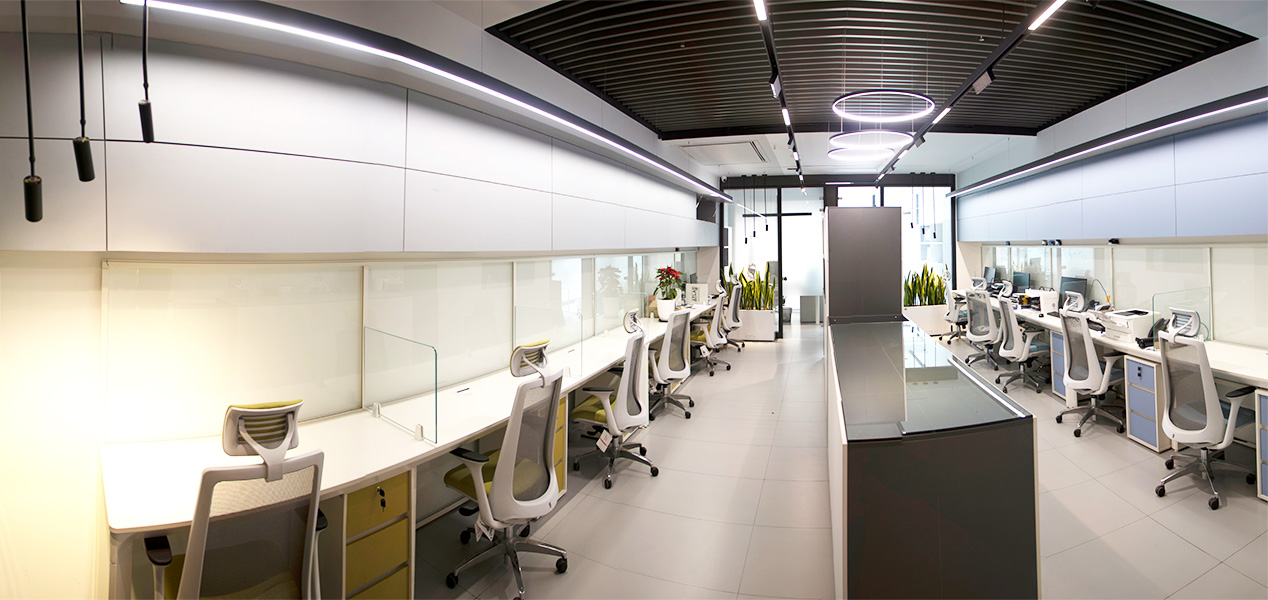


See How We Created a Cozy and Elegant Atmosphere with Modular Lights
Lighting plays a significant role in the design and aesthetics of architecture. Among the different types of lighting, pendant and spotlights are two popular options for architects and interior designers. In this article, we will discuss the influence of pendant and spotlights on architecture, their history, benefits, and where they are suitable.
Spotlights are directional lights that provide a concentrated beam of light on a specific object or area. They are commonly used in museums, art galleries, and showrooms to highlight particular pieces of art or merchandise. Pendant lights, on the other hand, are fixtures that hang from the ceiling and provide ambient lighting to a room. They come in various styles, from traditional to modern, and are suitable for many different environments.

Spotlights have been used in architecture for a long time, dating back to ancient times when people used fire torches to illuminate their surroundings. The concept of spotlighting objects and features in architecture became more prevalent during the Renaissance period, where it was used to highlight sculptures and other art pieces in churches and palaces.
Architects and interior designers like using pendant and spotlights for several reasons. One of the main reasons is that they offer flexibility in lighting design, enabling designers to highlight specific elements of the architecture. They are also a great way to create an ambiance in a space, whether it's warm and cozy or bright and energetic. Additionally, both pendant and spotlights are available in various styles and designs, making them perfect for many different architectural styles.
Pendant and spotlights are suitable for a wide range of environments, from residential to commercial and industrial settings. Spotlights are commonly used in museums, galleries, and showrooms to showcase particular pieces of art or merchandise. Pendant lights, on the other hand, are popular in restaurants, hotels, and homes to create a warm and inviting ambiance. They are also ideal for spaces with high ceilings, such as foyers and entryways.
Spotlights have had a significant influence on modern architecture, enabling architects to create unique and visually stunning designs. The use of spotlights has enabled architects to highlight specific features of the building, such as the facade, roof, or other architectural elements. Additionally, spotlights can create a dramatic effect by casting shadows and emphasizing textures, which can enhance the overall aesthetic of the building.
In conclusion, pendant and spotlights have become popular lighting options for architects and interior designers due to their flexibility, availability in various styles, and ability to create an ambiance in a space. Their influence on architecture is evident in the way they are used to highlight specific architectural elements and create visually stunning designs. Whether it's a museum, restaurant, or home, pendant and spotlights are a great way to enhance the aesthetics of any space.
Date: 2023-05-02
general lighting, modern lighting, lighting products, modern architecture, interior design, decorative lighting, LED, surface mount light, CRI, light source, multi track, spot light, track system, villa lighting, modular pro, interior lighting, flexible lighting, dimmer, smart system, track system, track system, track system, track system, track system, track system,